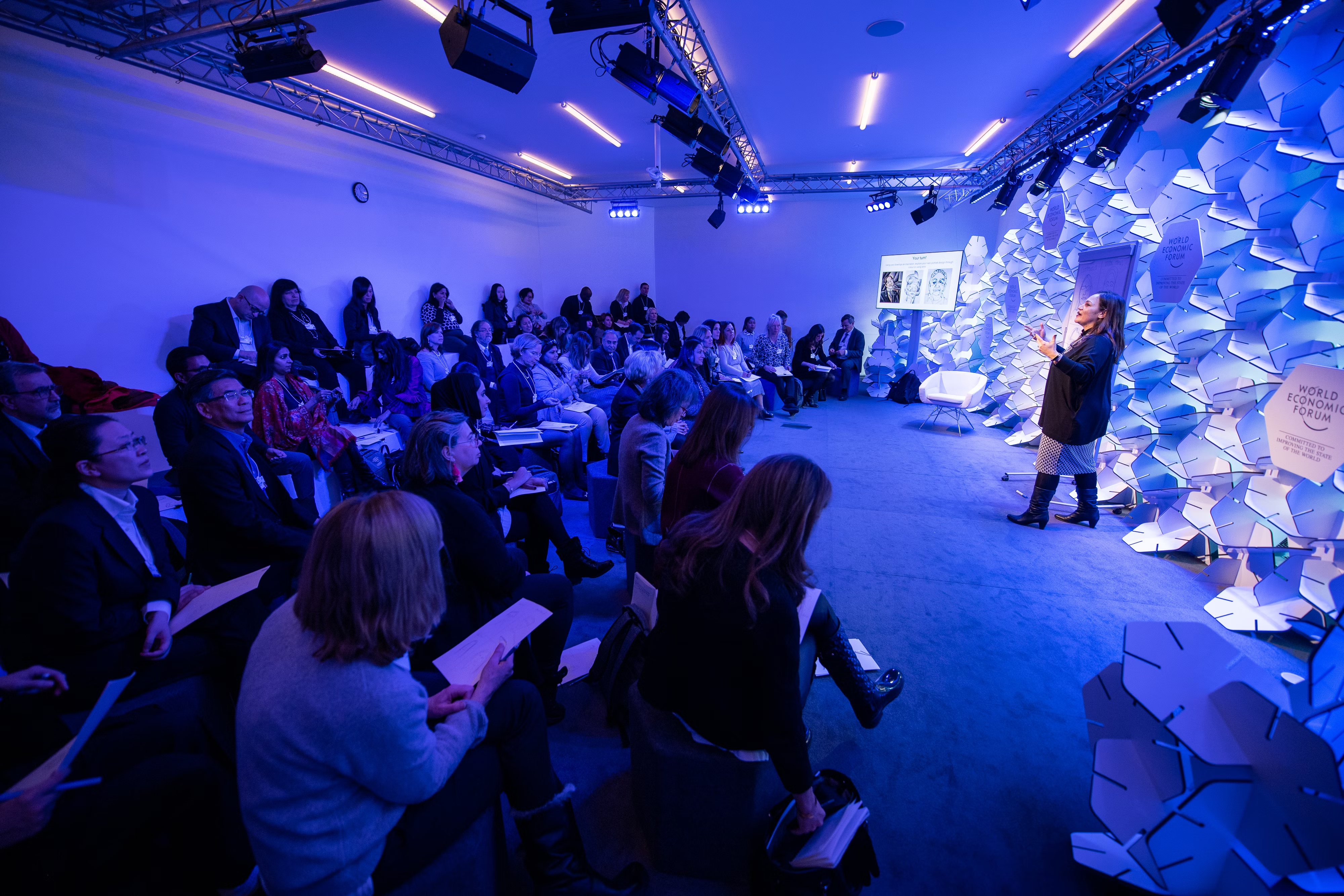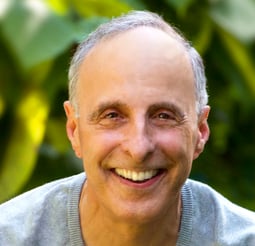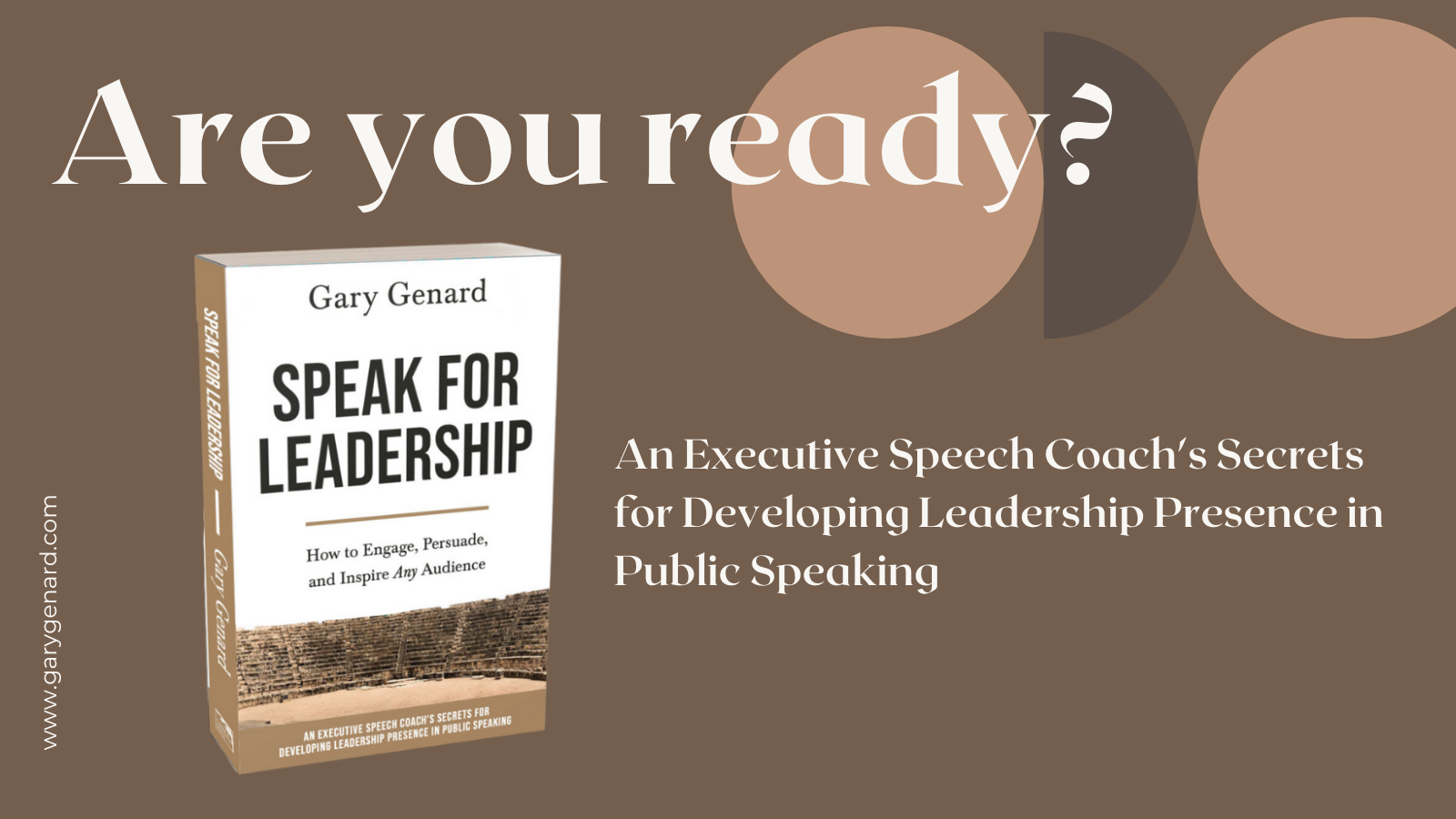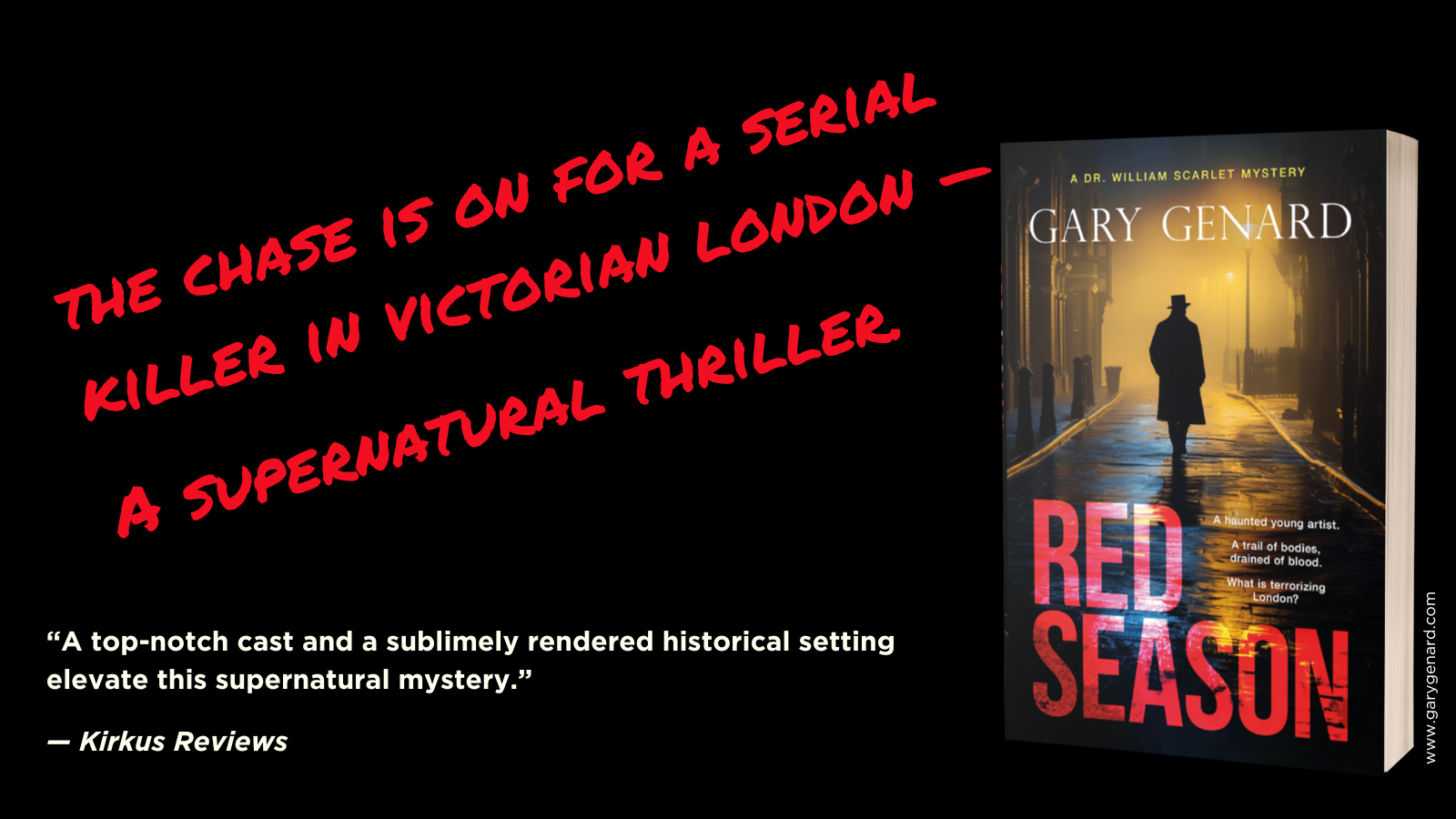
If you want your influence to last when you give a speech, end vividly and memorably. Here's how to create an effective conclusion.
Great public speakers know they have to begin and end their speeches strongly. That's because of two concepts concerned with an audience's engagement and attentiveness.
Primacy states that audiences will remember most vividly what they experience at the start of a talk. And recency says that they'll also remember what's said at the end. That means that in terms of public speaking, you need to know how to create an effective speech opening, and how to close that speech in a way that makes it "sticky."
To learn how, read Chapter 4, "Creating Dynamic Introductions and Conclusions," in my book, How to Give a Speech. Click on the image below for a Free Chapter. On Amazon.
Engaging Listeners in Your Opening and Closing
Speakers throughout history have understood the importance of a strong beginning and ending. Even today, presenters who understand the essential components of every successful presentation and the six rules of effective public speaking will craft a "hook" or "grabber" that immediately and powerfully gets an audience onboard.
Some types of openings are guaranteed to get an audience on your wavelength right away. I call them "grabbers." They are actually rhetorical devices designed for speeches, presentations, pitches, lectures, and all kinds of public speaking.
Want to command attention as a speaker? Learn how to stay in "The Zone" for maximum presence. Get my free cheat sheet, "10 Ways to Stay Fully Focused when Speaking."
What are some examples of effective hooks or grabbers? Here are a dozen types of these effective opening gambits:
- Question
- Story
- Quotation
- Visual
- Statistic
- Startling statement
- Personal anecdote or experience
- Humor
- Expert opinion
- Sound effect
- Model or demonstration
- Testimony or success story
How to Create a Strong Conclusion to Your Speech
Let's say you've launched your speech powerfully using one of these approaches. You've also managed to keep everyone's attention as you developed your message. Now you're ready for the other critically important segment of your presentation: your conclusion.
Remember, recency states that listeners will likely retain the last thing you say. So you don't want to end weakly, with a presentation that falls to earth like a leaking balloon. "Quit while you're ahead," and "Always leave 'em laughing," are two well-known sayings that embody the principle that a speech should end as strongly as it begins.
Now, think about the conclusions to all the speeches and presentations you've listened to over the past year. How many of them were memorable? How many of them even had a conclusion?
One of the most common public speaking shortcomings, in fact, is the lack of a memorable closing that drives home your message. For audience members, this can feel like being on the receiving end of a shaggy dog story. Or to put it another way: a speech without a conclusion leaves listeners hungry for a last satisfying mouthful. Why would you want to leave your audience without dessert?
Just as you grabbed listeners' attention at the start of your speech, you must ensure that your conclusion is memorable. It should also vividly re-focus listeners on your core message.
If you're presenting this effectively, you're really speaking as a leader! Learn more about how to achieve leadership presence in my book, Speak for Leadership. On Amazon.
As with your introduction, a solid conclusion takes thought, and sometimes a dash of creativity. But here's some good news: The same list of a dozen springboard devices I mentioned above as openers, can be used to conclude your speech. After all, the goal is the same: to be dramatic, provocative, or engaging enough so your message is "sticky."
And along with those devices, here is a "Triple-T" of powerful clinchers that can help seal the deal with audiences:
- Thesis-Antithesis
- Triad (any list of three)
- Tribute
Use Expert Opinion as a Public Speaking Tool
A witticism from Oscar Wilde or Mark Twain, or a quotation from Mother Teresa or Mahatma Gandhi, can do wonders to conclude your talk. I also suggest looking outside your narrow field of expertise to find a connection that's unexpected and therefore invigorating.
As Yogi Berra said: 'It ain't over till it's over," so why not use your last opportunity to bring your message home?
Here are examples of outstanding conclusions that use my "Triple-T" of powerful clinchers:
- John F. Kennedy, Inaugural Address: "And so, my fellow Americans: ask not what your country can do for you, ask what you can do for your country. My fellow citizens of the world: ask not what America will do for you, but what together we can do for the freedom of man." (Thesis-Antithesis)
- Abraham Lincoln, Gettysburg Address: "It is rather for us to be here dedicated to the great task remaining before us: that from these honored dead we take increased devotion to that cause for which they gave the last full measure of devotion—that we here highly resolve that these dead shall not have died in vain—that this nation, under God, shall have a new birth of freedom—and that government of the people, by the people, for the people, shall not perish from the earth." (Triad)
- Ladybird Johnson's 1964 speech on Eleanor Roosevelt: "Let us today earnestly resolve to build the true foundation for Eleanor Roosevelt's memory—to pluck out prejudice from our lives, to remove fear and hate where it exists, and to create a world unafraid to work out its destiny in peace. Eleanor Roosevelt has already made her own splendid and incomparable contribution to that foundation. Let us go and do likewise, within the measure of our faith and the limits of our ability. Let Eleanor Roosevelt teach us all how to turn the arts of compassion into the victories of democracy." (Tribute)
And you noticed as well the triad in that last example, didn't you?*
* "Eleanor Roosevelt."
Do you read thrillers and supernatural suspense? If you do, you'll like Dr. William Scarlet, a Scotland Yard police surgeon and psychic. Start reading Series Book #1 Red Season today!
You should follow me on Twitter here.

Gary Genard is an actor, author, and expert in public speaking and overcoming speaking fear. His company, The Genard Method offers live 1:1 Zoom executive coaching and corporate group training worldwide. He was named for nine consecutive years as One of the World’s Top 30 Communication Professionals, and also named as One of America's Top 5 Speech Coaches. He is the author of the Amazon Best-Seller How to Give a Speech. His second book, Fearless Speaking, was named in 2019 as "One of the 100 Best Confidence Books of All Time." His handbook for presenting in videoconferences, Speaking Virtually offers strategies and tools for developing virtual presence in online meetings. His latest book is Speak for Leadership: An Executive Speech Coach's Secrets for Developing Leadership Presence. Contact Gary here.
Main photo credit: Evangeline Shaw on unsplash.com





